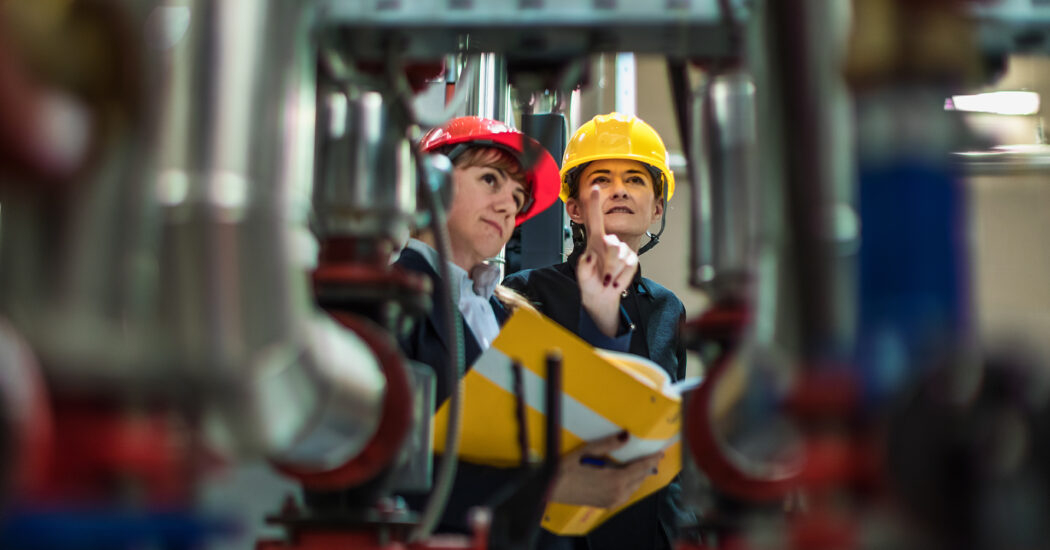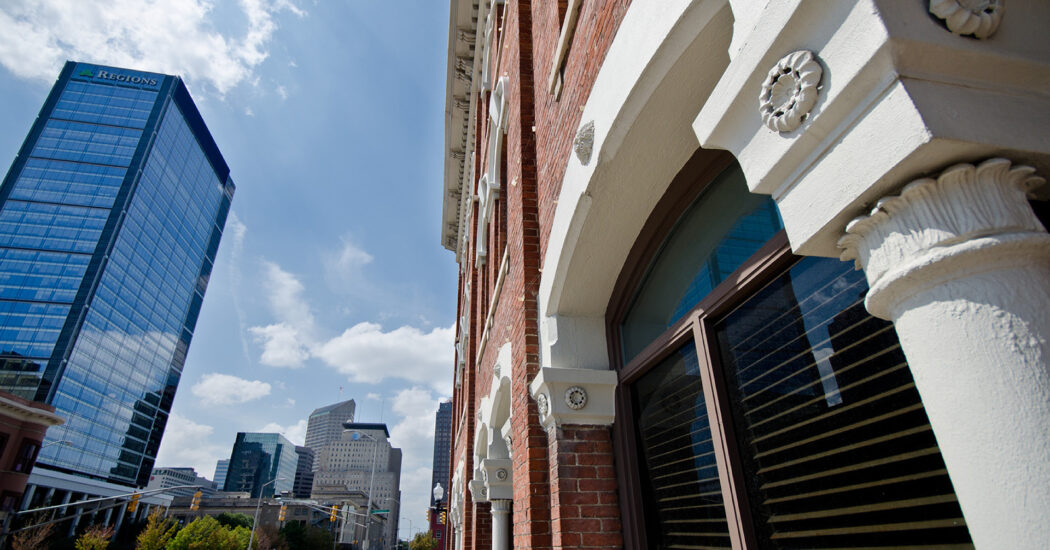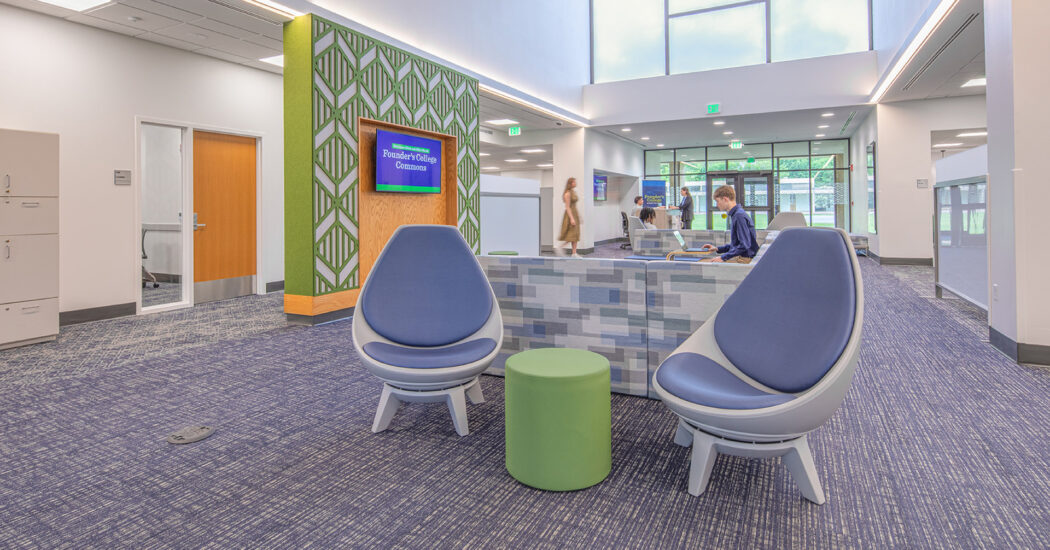The 7 Types of Building Systems Engineering
-
Category
Innovation -
Posted By
Eric Broemel -
Posted On
Feb 02, 2016

When my eight-year-old asks what an engineer is, I say “we make things work.” People don’t think about how something works, until it doesn’t. Below is a basic description of the seven types of building systems engineering.
1. Civil
Civil engineering related to building systems primarily deals with the routing of site utilities, such as storm water piping and retention, sanitary, natural gas. Our civil engineers work closely with landscape architecture to improve the surroundings of a facility and to provide the infrastructure to support the building.
2. Electrical
Everyone thinks of the obvious here: lights. But electrical engineering also includes life safety systems such as fire alarm systems. Power distribution is also a key element of electrical engineering in buildings. This is becoming more and more important, especially in older buildings that do not have enough power to support the technology necessary in modern buildings.
3. Energy
Energy engineering deals with aspects such as energy efficiency, and the use of alternative energy such as solar photovoltaics. As utility costs are increasing, energy engineering is gaining more and more importance. Indiana has traditionally had one of the lowest electrical rates nationally, but the low cost of coal-generated electricity is increasing as environmental regulations impact energy production. The resulting cost increases place even more importance on the energy performance of buildings.
4. Mechanical
HVAC (Heating, Ventilation, and Air Conditioning) systems are a big part of mechanical engineering for building systems and the one that affects energy usage the most. People typically forget the importance of the “Ventilation” side of the HVAC system. If you don’t have proper ventilation, CO2 and other pollutant levels can get too high and cause illness. The State Board of Health can actually fine a building owner for not providing proper ventilation.
5. Plumbing
This is more than just your sinks and toilets. Besides everything else you would find in a restroom, plumbing engineers also design domestic hot water heating systems, water softening systems, storm piping systems for roof drainage, and fire protection and sprinkler systems. Plumbing engineers typically work closely with civil and mechanical engineers.
6. Structural
There is more involved here than the columns, trusses, beams, and footers that get installed in the building to ensure its stability. They also work with the owner and other engineers to figure out how to provide pathways through the building to route all of the various systems, and to plan for future expansion of the building. One example of planning for the future might be installing additional structure in a roof system to accommodate a future solar panel installation when funds are available.
7. Technology
This particular system could be considered a subset of electrical, but its technology engineers have specialized skills. Technology covers a broad range of products such as security and card access, cameras, IT infrastructure such as wireless internet access, telephone systems, audio visual (AV) equipment, and centralized clock systems. They typically collaborate with interior designers and electrical engineers during their design. For example, if a room has a lot of natural light, you will need a specific projector system in order for the projections to be visible.
Now that you’ve read about seven types of building systems engineering, take a short quiz to see what you learned.
- What two engineering disciplines typically connect their systems together 4 feet outside the building?
- What engineering disciplines would be involved in the installation of a solar photovoltaic system?
- Civil engineers work closely with ________ architects.
Answers: 1) Civil and plumbing 2) Electrical, energy, and structural 3) Landscape







